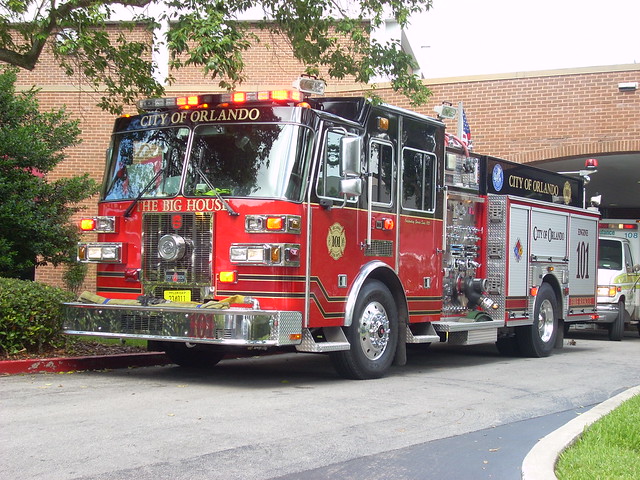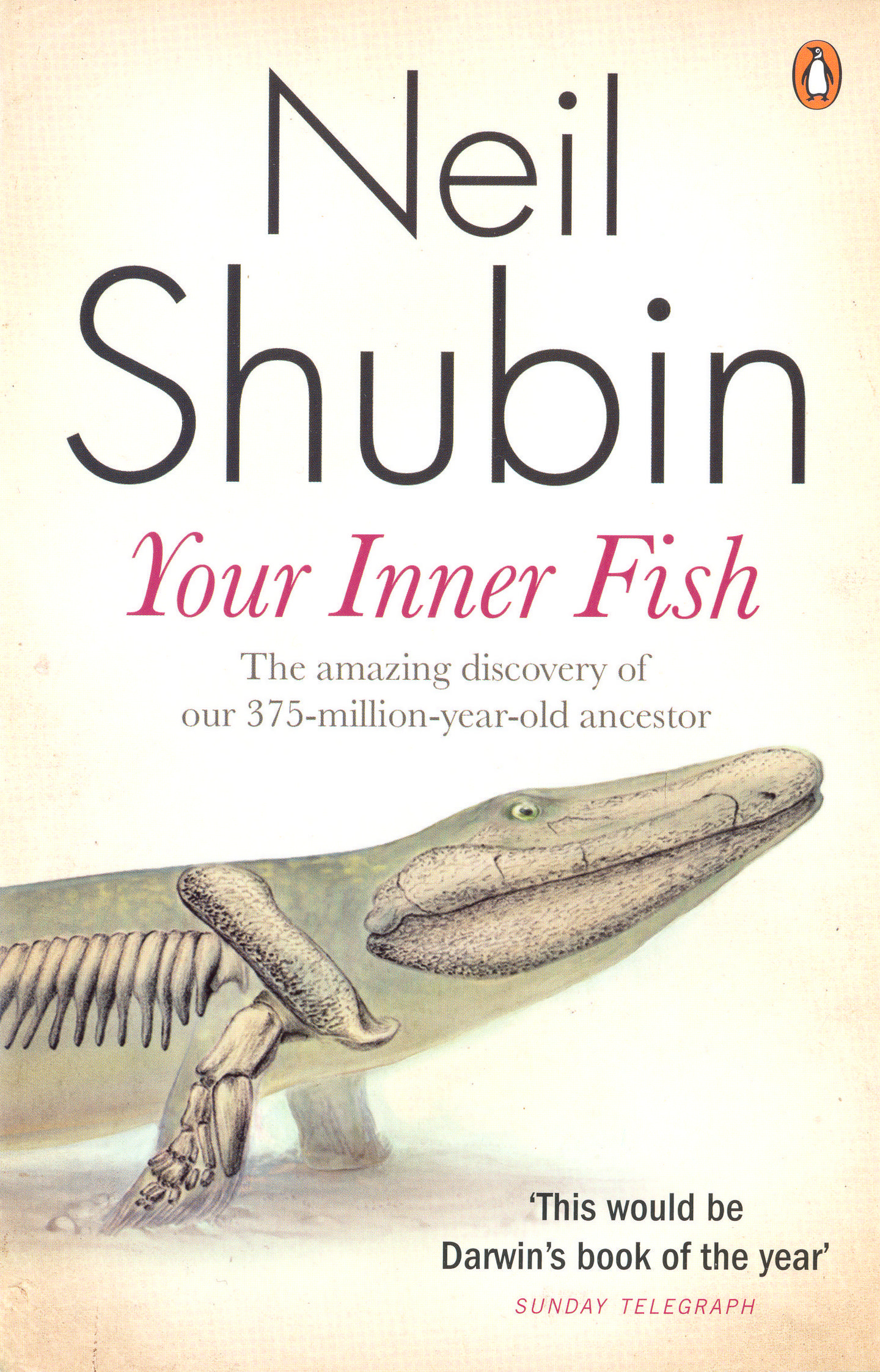
Fire trucks are so cool. The next time you hear the ear-piercing
wail of a siren, the bone-rattling blast of an air horn, stop what you're doing and take a moment to
appreciate their beauty.
Referred to as ‘engines’ by those in the biz, these high-tech
monsters not only deliver personnel and equipment to emergency scenes, they can
turn night to day via elaborate lighting systems, supply heavy extrication
tools via powerful on-board generators, and, most importantly, deliver vast
amounts of water to ripping house fires. They are mechanical marvels.As a thirteen-year veteran of the fire service, I came to know these awesome machines intimately. As a firefighter, I rode backwards in a cramped jumpseat, sweating my ass off in summer, freezing that same tail in winter. As an engineer, I wove through the streets of downtown Orlando, barely missing the transients and tourists that leapt from my path. And as a lieutenant, I led an aggressive crew of professionals as we answered the endless emergency calls throughout the city.
Engines are the heart and soul of the fire service, and I can’t help liken them to the human circulatory system (indulge me for a moment).
 Through an extensive network of hoses, an engine delivers vast
amounts of vital water to awaiting crews, enabling them to extinguish flames,
protect exposures, and prevent the spread of fire (you see where I’m going with
this). In comparison, the human circulatory system moves blood throughout the body via its own
extensive network, transporting oxygen and nutrients, fighting off pathogens,
and regulating the body’s temperature.
Through an extensive network of hoses, an engine delivers vast
amounts of vital water to awaiting crews, enabling them to extinguish flames,
protect exposures, and prevent the spread of fire (you see where I’m going with
this). In comparison, the human circulatory system moves blood throughout the body via its own
extensive network, transporting oxygen and nutrients, fighting off pathogens,
and regulating the body’s temperature.Likewise, the heart, that fist-sized mass of striated muscle, pumps on average seventy beats per minute. That’s over four thousand beats per hour, over one hundred thousand beats per day. Many factors affect the pressure within the body’s vessels. Too much pressure can bring on stroke, heart attack, and internal damage to the system. Too little pressure and vessels collapse, organs fail, and the individual perishes.
Engines rely on frequent maintenance to keep their mechanisms functioning properly. Transmission fluid, oil, and brake and hydraulic
fluid must be maintained for the engine and its pump to work effectively.
Similarly, the human body must be maintained to sustain a healthy
heart. Lack of exercise can reduce the efficiency of the pump. Without it the heart, like the
rest of the body, becomes sluggish and lazy. Coronary artery disease and
alcoholism can also affect the heart muscle, causing a condition known as
cardiomyopathy , rendering it inoperable. Without a transplant, the patient
may die.
Valves throughout the engine prevent a backflow of water
within the engine’s pumping system. Valves also regulate the amount of water
that flows to each hoseline.
The heart also has valves, four of them to be exact, which keep the blood flowing in the proper direction. Leaky valves can cause overwork within the heart, which causes blood to back up into the lungs. This is commonly known as congestive heart failure. Valves also reside within the veins, those vessels that carry deoxygenated blood back to the heart. When these valves fail, blood can back up and engorge the vessels, creating that common condition in the legs: varicose veins.
An engine at a working house fire must have a supply line
before it can provide multiple lines of attack. The line is laid from a
hydrant and connected via an intake to the engine, providing an
unlimited supply of water. Without a proper supply, the engine will quickly
exhaust its tank. The hoseline will wither, the pump will cavitate, and the firefighters
on the attack end will get cooked. Not a good scenario.
Without a proper blood supply, there is equivalent chaos in
a human. Say an unrestrained (stupid) driver has a head-on collision. As his
body is hurled against the steering wheel, his aorta – that large vessel that
arches off the heart to supply the body – is torn. As the blood escapes into
the chest cavity, pressure within the vessels drops, circulation to vital
organs diminishes, the patient loses consciousness and death quickly ensues. Like the dry
engine, not a good scenario.
So you seee, fire engines and the human circulatory system have much in common. Both are mechanical wonders that deliver vital fluids to
their constituents, both depend on a pump and hoses to deliver these fluids and, when operating properly, both are beautiful to behold.
Here's a great read on the life of a firefighter (and a shameless plug:)

























